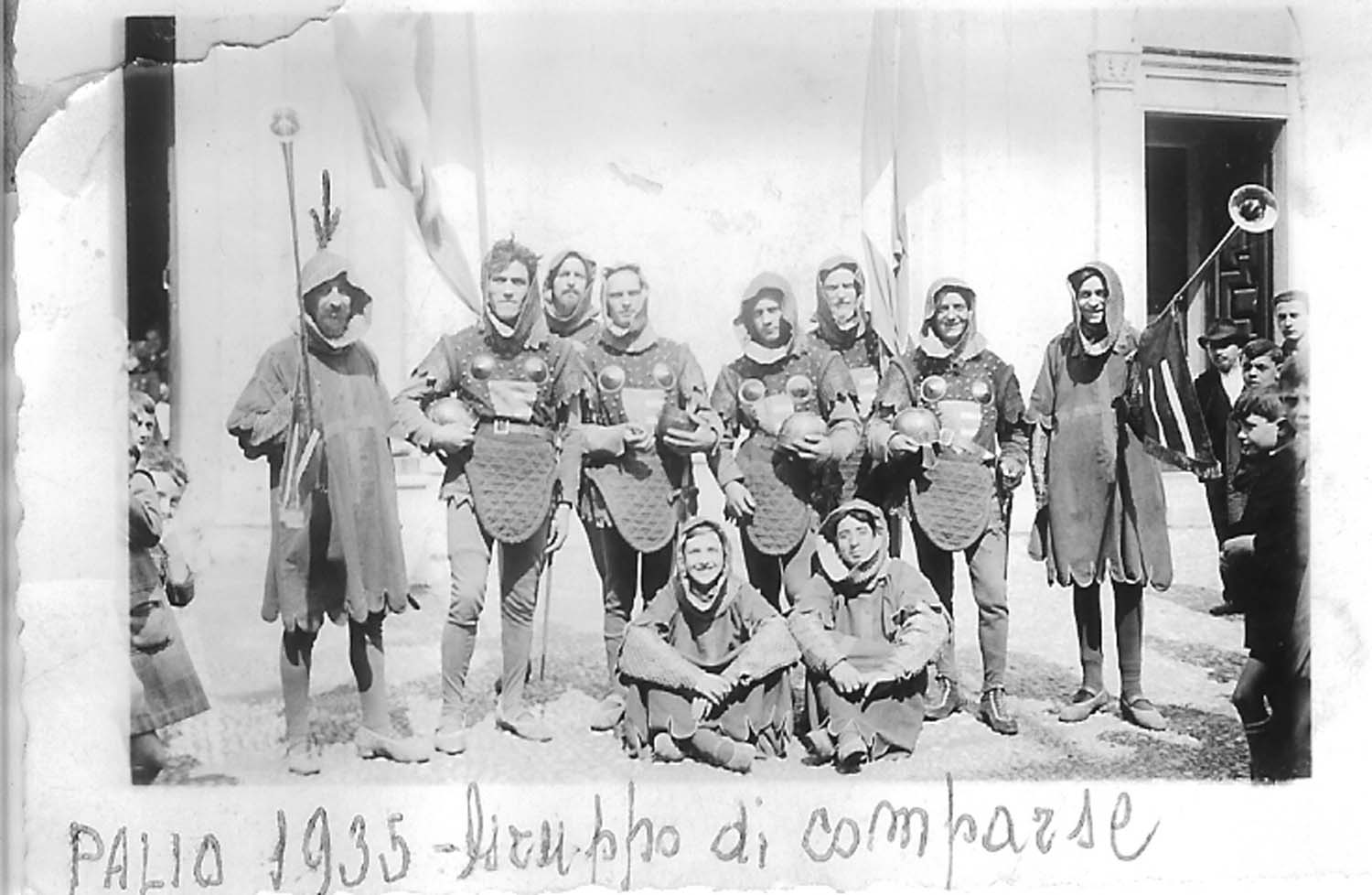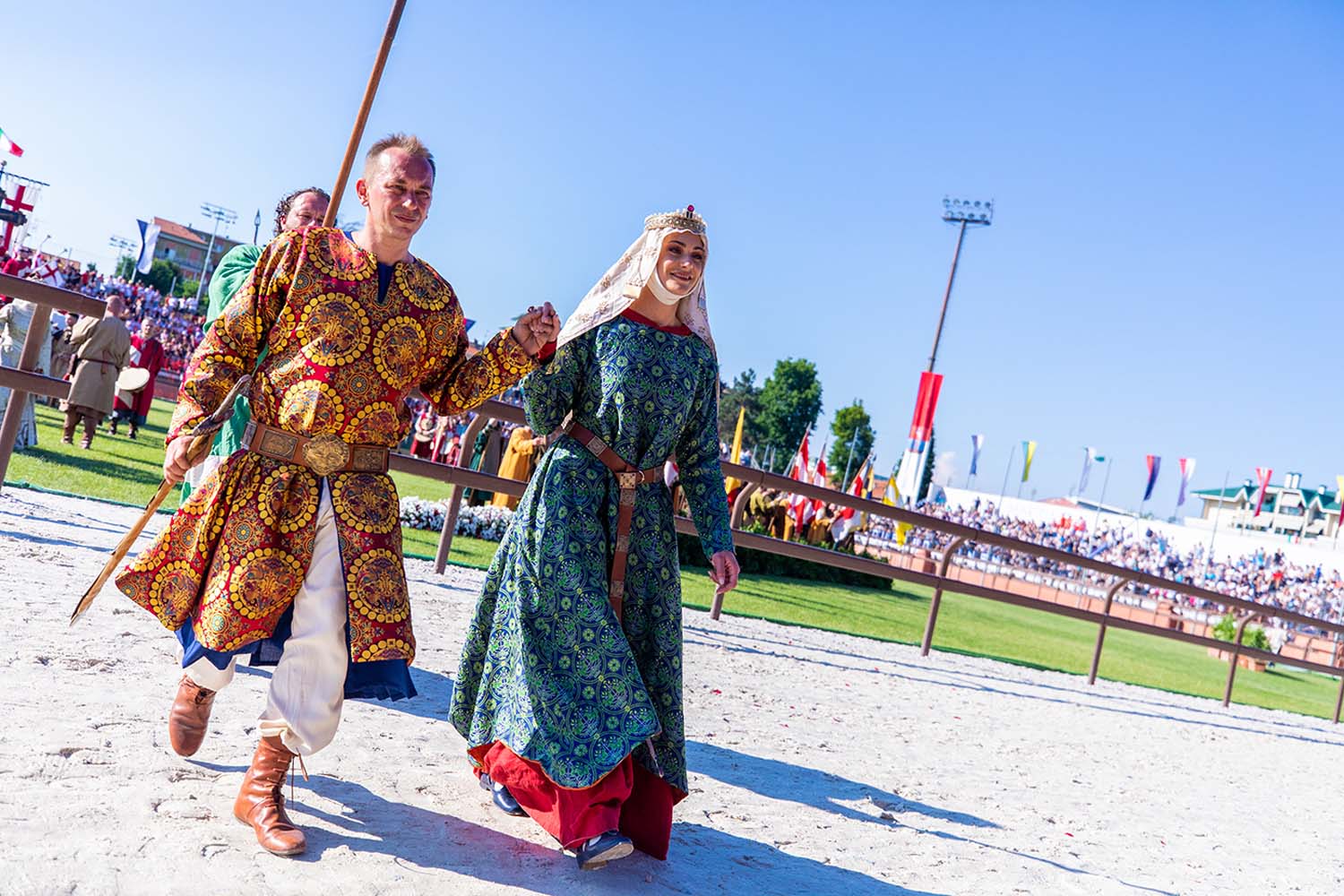ALESSIO FRANCESCO PALMIERI-MARINONI
Clothing Identity. The Costumes of the Historical Parade of the Palio di Legnano as an Expression of Artistic and Community Performance.
ABSTRACT
Could a historical reenactment be considered as an artistic performance? In which ways can historical costumes be understood as a tool in the identity-making and meaning-making processes of a local community?
According to a historical perspective, reenactments have characterised Italian history since the second half of the 19th century. Since the 2000s, their number has increased by 150% (Boldrini, 2015). This sudden increase is an expression of a growing need to search for identity and to communicate and embody new meanings and values through an “in-style” costume.
Through this presentation, the author will introduce the case study of the Historical Parade of the Palio di Legnano (Milan). Considered as one of the most ancient Italian medieval reenactments (13th century), the historical costumes in the Palio di Legnano – which have been created in tailoring workshops inside the Contrade (districts) since 1876 – have contributed to communicating new social meanings. From its origins until WWII, they contributed to creating a very new Italian historical identity. Until the 1990s, historical costumes had been used by new industrialists as a tool to communicate the new economic recovery. Today, historical costumes express additional meanings, such as the sense of belonging and identity; to these are added additional aspects that are not properly evident and not yet perceived by our contemporary sensibility. Both parade and costumes should actually be understood as a cultural performance. They are the bearer of a sense of belonging and cultural sharing through its costumes.
What emerges from the Palio di Legnano case is that we cannot understand this reenactment as a simple historical reconstruction. It expresses local identity and cultural co-creation, in which artists and artisans create values in a cultural performance.
BIOGRAPHY
Alessio Francesco Palmieri-Marinoni is a PhD student at the School of Media, Film and Music, University of Sussex. His research investigates the relationship between historicism and stage costume in Wagner’s Operas, and the role of stage costume in staging. In the last ten years, Alessio has been collaborating as a fashion historian with various Italian museums. Currently, he is Director of the Costume Collection of the Palio di Legnano (Milano). He is Adjunct Professor of History of Stage Costume and Fashion History at Fondazione Lisio in Florence, Accademia Cappiello in Florence and Politecnico in Milan. He is a member of ICOM and of ICOM COSTUME COMMITTEE.



